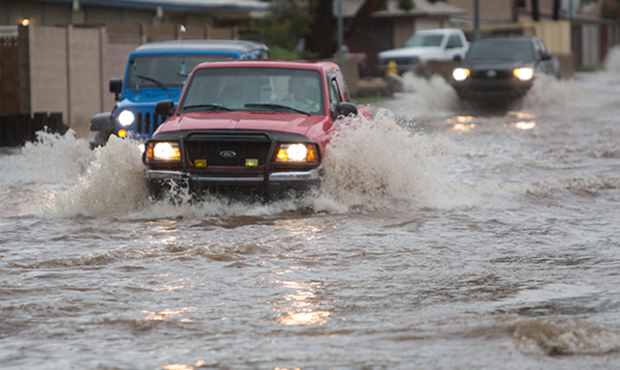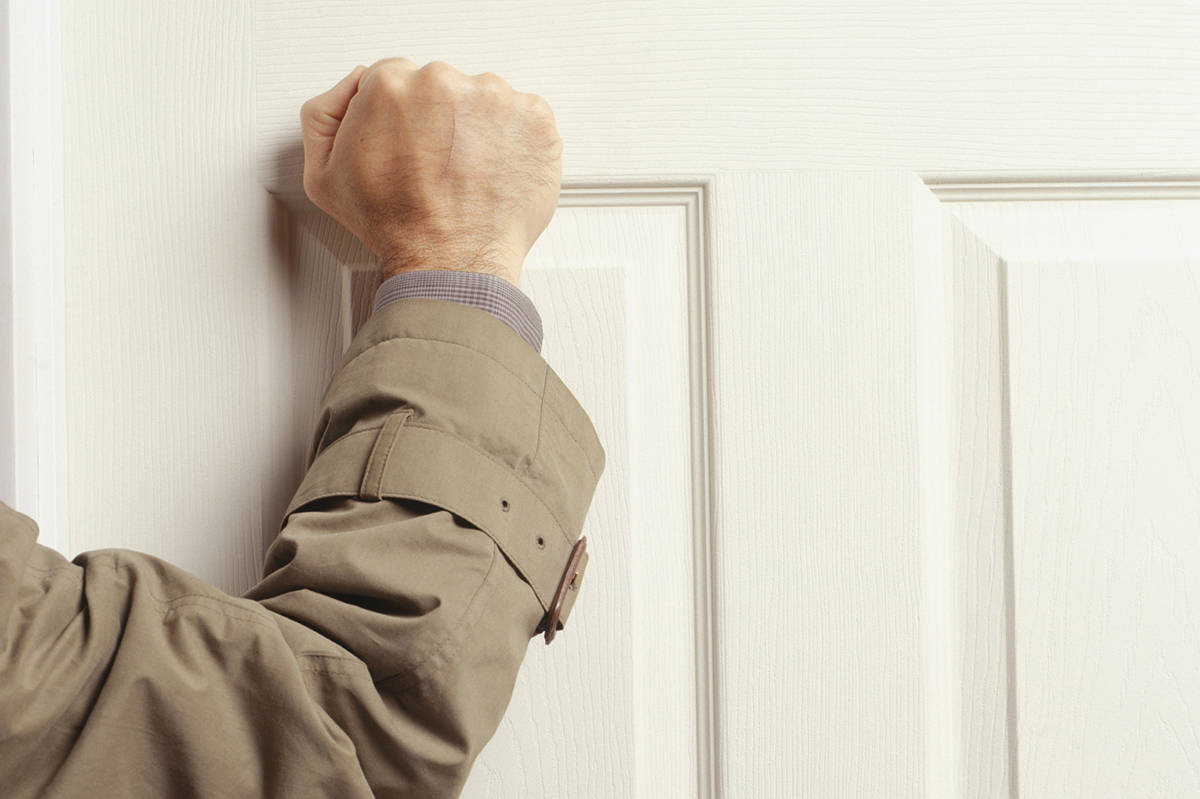Damaging winds are often called “straight-line” winds to differentiate the damage they cause from tornados. Most thunderstorm winds that cause damage at the ground are a result of outflow generated by a thunderstorm downdraft. Damaging winds are classified as those exceeding 50-60 mph. Damage from severe thunderstorm winds account for half of all severe reports in the lower 48 states and is more common than damage from tornadoes. Wind speeds can reach up to 100 mph and can produce a damage path extending for hundreds of miles. Since most thunderstorms produce some straight-line winds as a result of outflow generated by the thunderstorm downdraft, anyone living in thunderstorm-prone areas of the world is at risk for experiencing this hazard. People living in mobile homes are especially at risk for injury and death. Even anchored mobile homes can be seriously damaged when winds gust over 80 mph.
Windstorm insurance covers the types of excessively gusty events, such as hurricanes and cyclones but some policies might exclude this coverage. Those who live in areas susceptible to this type of peril must purchase additional coverage to protect themselves. Residents of coastal states and midwestern states, where hurricanes and tornadoes are relatively common, fall into this category.
Windstorm insurance will typically cover physical damage to the property and personal belongings inside the home. Many policies also include coverage for detached structures such as garages and sheds. When big winds harm roofs and windows, rain and debris can cause additional damage. In such cases, most policies will cover repairs as long as the claim is filed soon after the event. Sometimes, windstorms are followed by storm surges and flooding, but windstorm insurance will not typically cover damage caused by these rising waters. Flood insurance coverage provided by the federal government must be purchased separately, and it takes 30 days to go into effect.
What To Do Before The Storm Rolls In
These are some tips of things to do in or around your home to mitigate wind damage due to a tropical system.
Trim Trees and Shrubs
- Trees close to your home can snap or uproot.
- High wind can turn branches into projectiles during the storm.
Remove Debris From Your Yard
- Bring in outdoor furniture.
- Lawn chairs, trampolines, pool supplies, etc can be turned into flying debris.
Cover Windows
- This is necessary in order to guard against flying debris.
- Plywood or professionally installed shutters are best.
- Secure materials for this NOW while there is a surplus. Do not wait until a storm is forming in the Gulf.
- Taping windows DOES NOTHING to protect your home from wind!
Reinforce Garage Doors
- This will prevent wind from entering and causing dangerous/expensive damage.
Proper Maintenance
- Ensure that roofing materials, fencing, etc. are properly maintained and in good condition.
- This will allow them to be more resistant to wind damage.
Clear Clogged Rain Gutters and Downspouts
- This will help with the flow of water during heavy rainfall.









